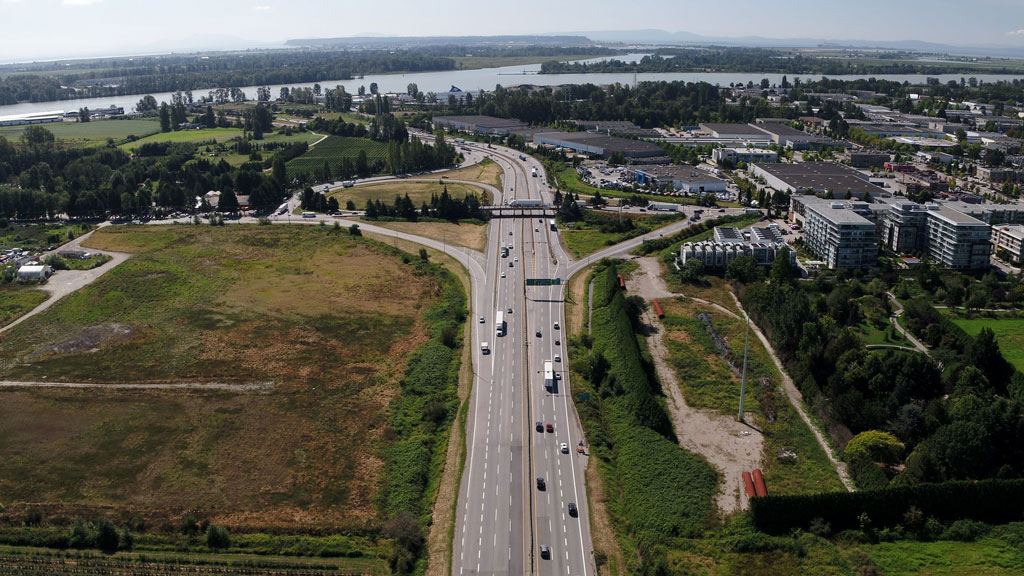RICHMOND, B.C.—Richmond, B.C. is reflecting on how it fared during the province’s recent devastating storms and is looking ahead to see how it can increase climate resiliency.
“Although the City of Richmond fared well during the recent extreme weather events, the city will continue to invest resources to strengthen and upgrade its flood protection infrastructure to protect residents against the future extreme weather that is expected to occur due to climate change,” said officials in a press release.
The region was hit by three atmospheric rivers in November, including one event that resulted in over 130 millimetres of rain falling over three days. While it did not experience the same level of rainfall or flooding issues as some areas of the Fraser Valley, Richmond did rely heavily on its 39 drainage pump stations and staff to keep things secure.
“The city has invested over $120 million in our dikes and flood protection infrastructure,” said Mayor Malcolm Brodie in the press release. “Such investment is crucial to protect the community from the risks of weather events as well as rising sea levels attributed to climate change. Recent events only reinforce the value of that commitment and the need for more.”
At the height of the storms, each of the 39 pump stations were moving water at or near full capacity at some point during the event. The capacity of these pump stations has been increased 29 per cent since 2005 and they now have a combined discharge rate of approximately 90 cubic metres per second – the equivalent of over two Olympic swimming pools every 60 seconds.
The city also relied heavily on its dike systems. Richmond’s 49 kilometres of dikes held back water from the Fraser River, and city crews worked around the clock to keep the 165 kilometres of watercourses, 61 kilometres of box culverts and 585 kilometres of drainage pipes clear of debris and functional.
Some parks, which are purposefully designed as storm overflow reservoirs, temporarily flooded with several centimetres of rainwater until it drained through watercourses. Other low-lying areas experienced pooling water and localized flooding due to ground saturation and residents who sought additional protection collected over 500 sandbags from the city works yard.
Officials stated Richmond’s current multi-faceted infrastructure is the result of the city’s Flood Protection Management Strategy and Dike Master Plan that guide continual upgrades and improvements to address climate change-induced sea level rise. Officials noted staff closely monitor climate change data and adjust their plans accordingly.
According to the city, the latest climate change science predicts sea levels will rise approximately one metre by the year 2100, while land in Richmond is projected to subside by 0.2 metres over the same time span.
To combat this, the city is speeding up its the dike upgrade program over the next 50 years to build up dikes long before current sea level rise projections. Officials say the existing dike network can withstand high water events such as spring freshet and king tides and handle a 500-year return period (estimated average time between) flooding event.
City records show over the past 20 years, the average intensity of rainfall events in Richmond has increased by approximately 15 per cent, putting it in line with climate change predictions.
Following the November rainstorms, city officials asked staff to look at what might be required to implement dike upgrades sooner than the planned timeline, and to identify what other investments might be valuable.
The city will also intends to start an extensive engagement with Richmond residents and property owners on Phase 4 of the Dike Master Plan in 2022 (north dike between No. 6 Road and Boundary Road).
Residents will be able to learn about the city’s ongoing flood mitigation implementation plans and provide comment on those plans.



Recent Comments
comments for this post are closed